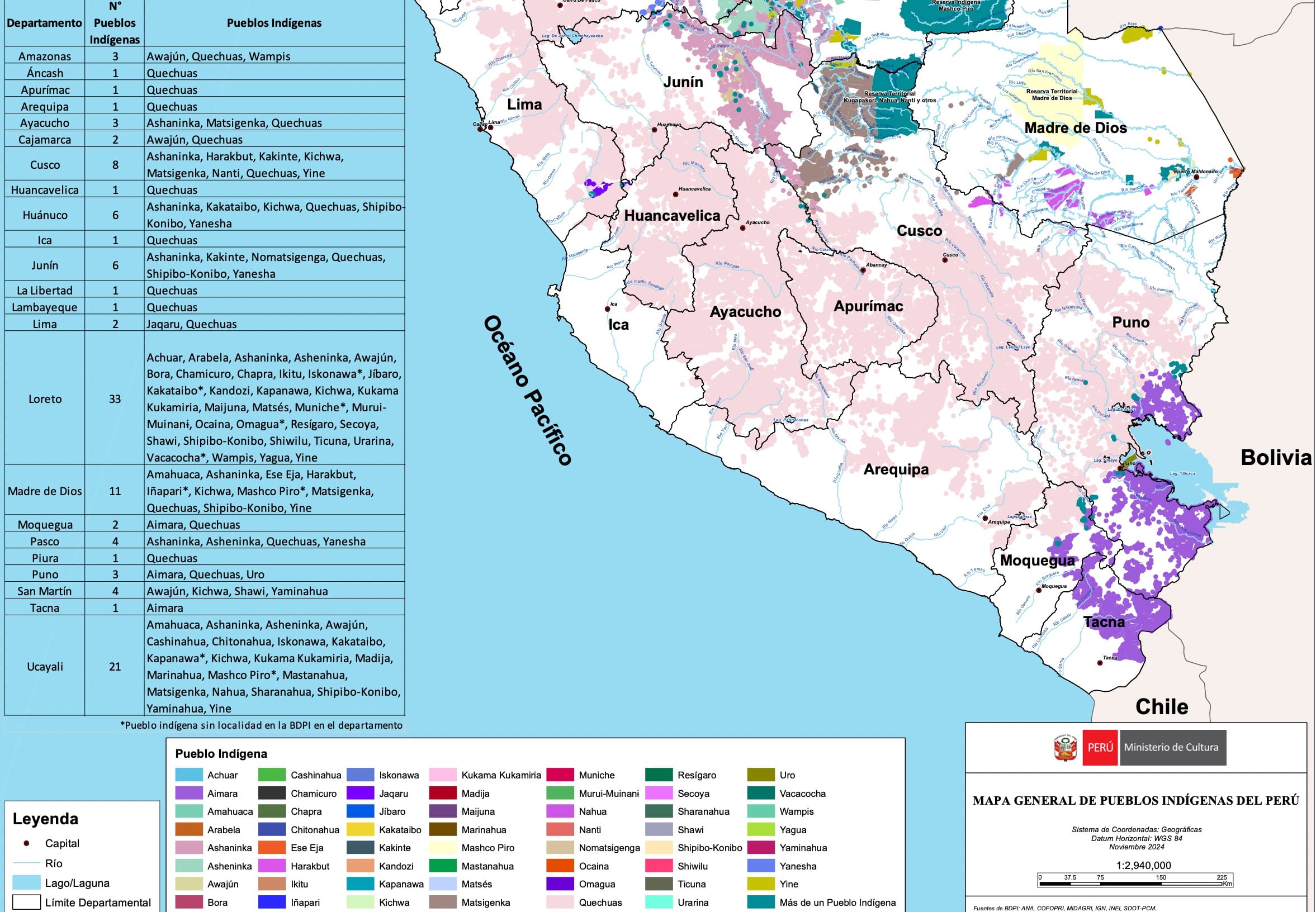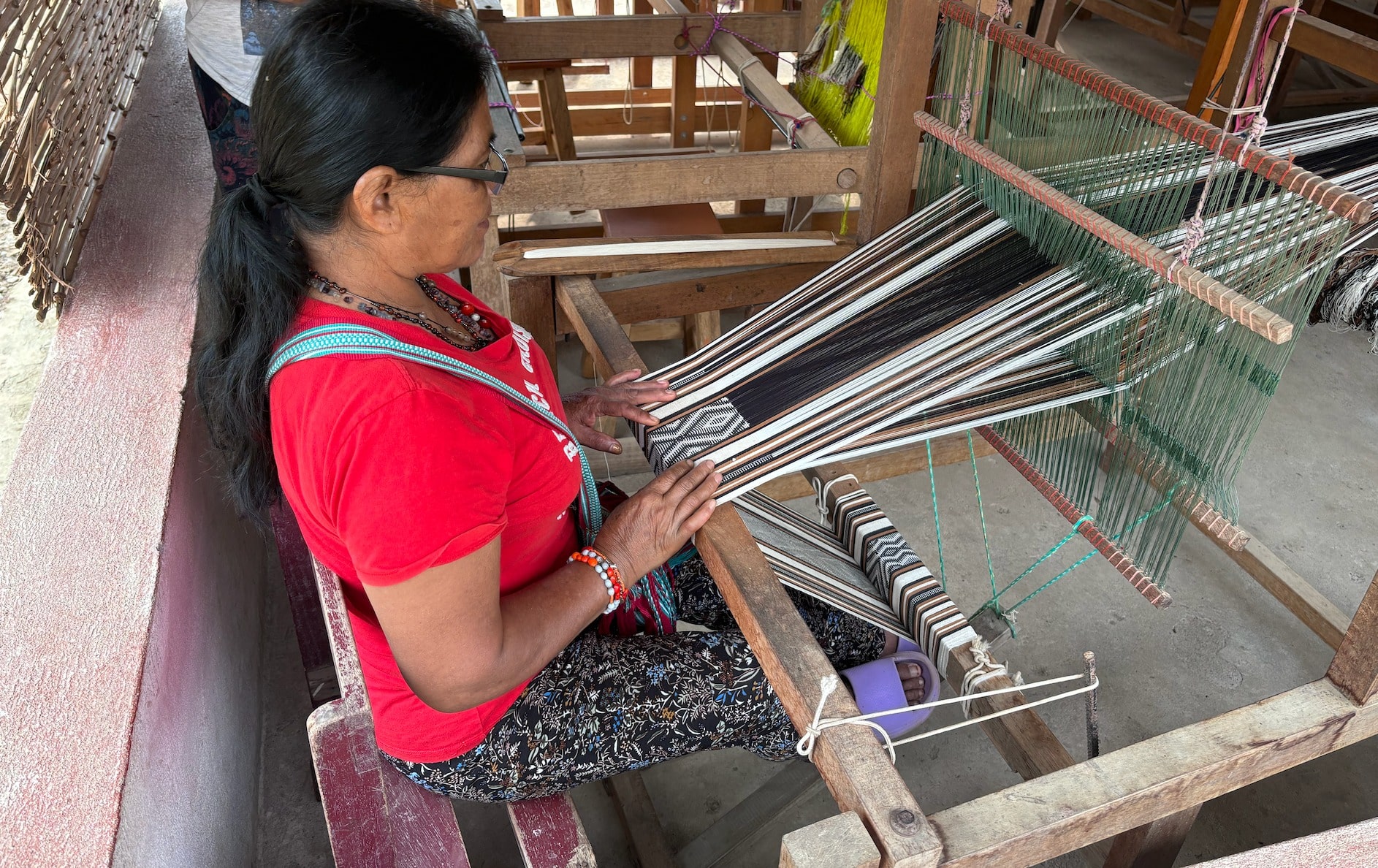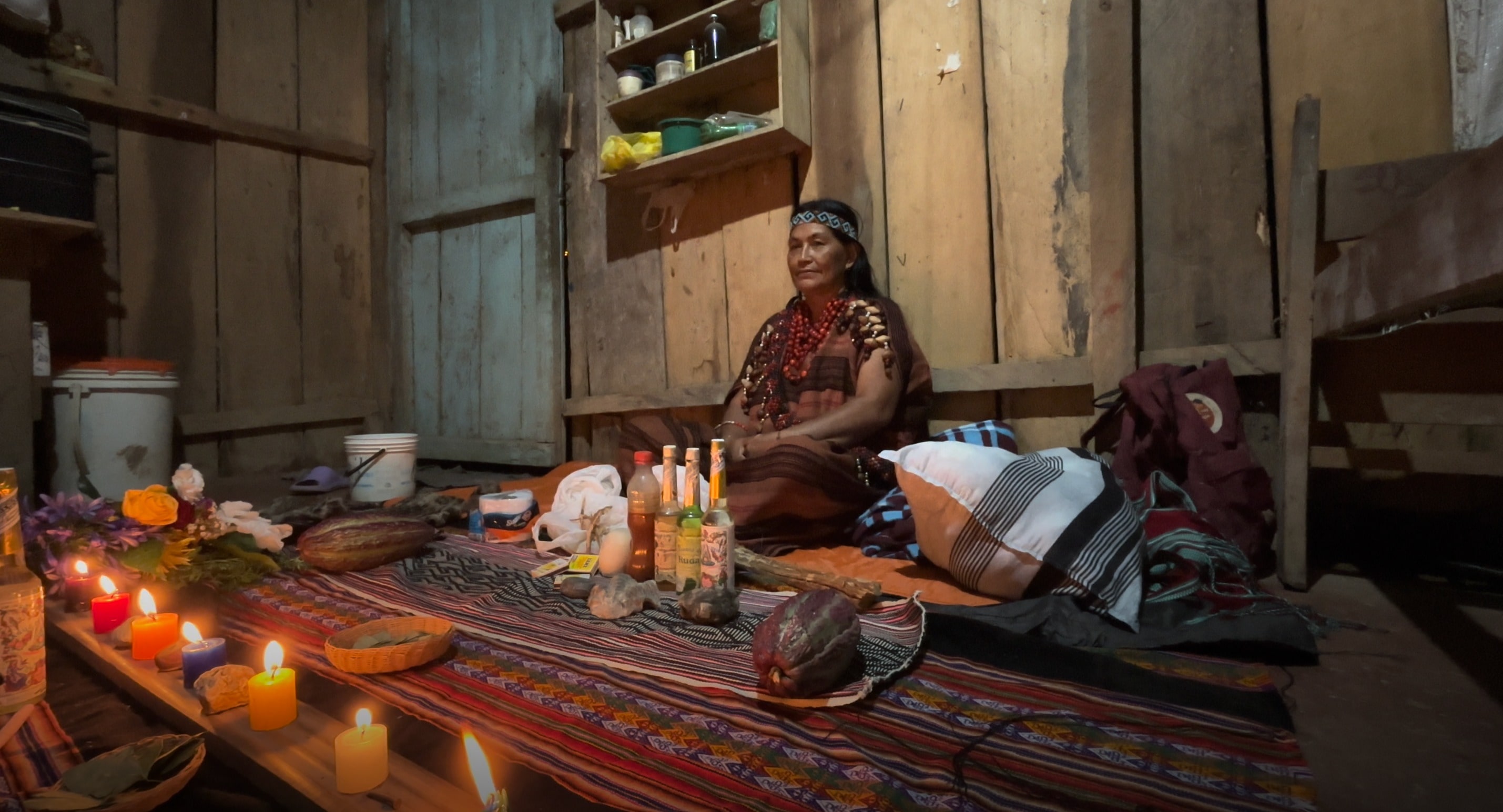When I began exploring Chuncho cacao, every path led me to the indigenous Machiguenga tribe. Peruvians regard them as the guardians of this cacao, as it has been an inseparable part of their natural environment for centuries, where they still live today. In the following article, I’ll share more about this tribe. The Machiguengas, also known as Matsigenkas, are one of Peru’s most significant and representative indigenous communities. Their history, culture, and way of life are deeply intertwined with the Amazonian environment, serving as a living testament to how a community can live in harmony with nature.

Source: Agroperu. https://www.agroperu.pe/santuario-nacional-megantoni-y-reserva-comunal-machiguenga-en-camino-a-integrar-la-lista-verde-de-la-uicn/
Where They Live
They reside in the southeastern part of the Peruvian Amazon, primarily in the basins of the Urubamba, Manu, Alto Madre de Dios rivers, and their tributaries. Their traditional territories include the regions of Cusco and Madre de Dios, with part of the population living within the Machiguenga Communal Reserve and Manu National Park. This region is renowned for its biodiversity, which serves as a vital source of livelihood and spiritual connection for them. The Machiguengas are among the larger and better-organized indigenous groups in the Amazon.

Source: BDPI - Base de Datos de Pueblos Indígenas u Originarios. https://bdpi.cultura.gob.pe/sites/default/files/archivos/paginas_internas/descargas/Mapa%20de%20Pueblos%20Ind%C3%ADgenas%20u%20originarios.pdf
Their History
The Machiguengas belong to the Arawak language family, one of the oldest and most widespread in South America. Although they were not directly part of the Inca Empire, they maintained certain trade and cultural contacts with it. The Incas regarded them as guardians of access routes to the Amazon and respected their extensive knowledge of nature and the local environment. However, this contact did not lead to full assimilation, allowing the Machiguengas to preserve their autonomy and unique cultural identity.
-min.jpg)
Source: Intensidad y Altura. https://intensidadyaltura.casadelaliteratura.gob.pe/matsigenka/voces-tejidas/
Culture and Traditions
The culture of the Machiguengas is deeply rooted in nature. They believe that every element of the world has its own spirit and is interconnected with all others. This philosophy shapes their agriculture, healing practices, and spiritual rituals.
Their lifestyle is self-sufficient, relying on the resources the jungle provides. They cultivate manioc, corn, and other crops, and engage in hunting and fishing. The Machiguengas are also skilled artisans. Their textiles and baskets, made from natural fibers, are not only practical but also carry symbolic meaning. Each pattern reflects a story or a spiritual tradition.
Rituals connected to the spiritual world include the use of sacred plants, such as ayahuasca, which helps them communicate with the spirit world and heal both mental and physical ailments.
Peruvians refer to this tribe as the spiritual guardians of the jungle because their profound ecological knowledge enables them to maintain the balance between humans and nature. Their language mirrors the natural world, containing numerous expressions that describe natural phenomena and spiritual concepts in great detail.

Relationship with Cacao
For the Machiguengas, cacao holds profound symbolic meaning. They see it as a gift from Mother Earth, representing fertility, abundance, and spiritual strength. Cacao beans are used not only as food but also in rituals, where they serve to cleanse the body and mind and to strengthen the spirit.
Current Situation and Challenges
The modern world has brought many challenges to this tribe. Expansion of the oil and mining industries, along with deforestation, threatens their traditional way of life. At the same time, globalization has opened new opportunities for access to education and healthcare.
The Machiguengas actively fight for the protection of their land rights and the preservation of the environment, which is central to their identity. They participate in programs focused on sustainable development, and their ecological knowledge is crucial for the conservation of the Amazon rainforest.
Increasingly, young people are leaving their communities to study and work in large cities, which leads to a gradual erosion of their rich culture and traditions.
My fascination with this tribe inspired me to embark on a journey into the Machiguenga community, deep in the mountainous jungle where the Andes end and the vast rainforest begins. I stayed in a wooden house with a healer who guided me through the area for several days and introduced me to their culture. It was incredible to listen to the residents, who proudly shared their history, way of life, worldview, and efforts to preserve their rich heritage for future generations. It was a powerful and unforgettable experience, deserving its own detailed account.

